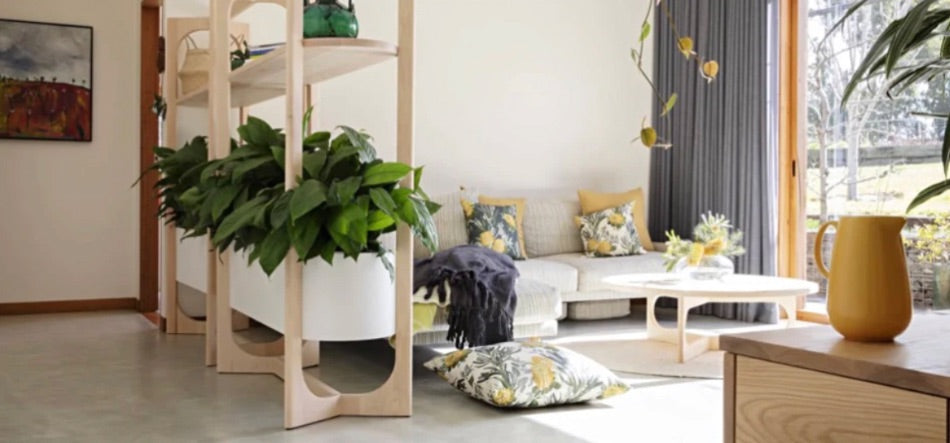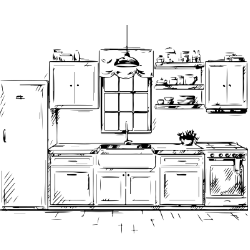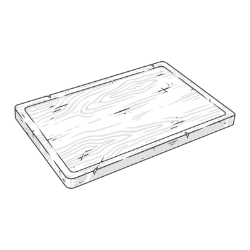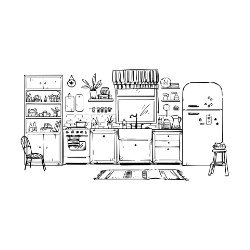
How To Arrange Plants In Living Room

How do you arrange your houseplants? Some people prefer to keep them in pots. Some put them in baskets or even hanging from the ceiling.
Houseplants are a great way to bring life into your home. They also add color, texture, and pleasing scents to your space.
There are hundreds of varieties to choose from, and they come in a variety of shapes, sizes, and colors.
Plants require light, water, nutrients, air, and the right temperature to thrive. If you don’t provide these things, your plant will wither away.
The best way to ensure that your plants receive proper care is to regularly check their condition.
If you notice any signs of disease, such as mold or spots on leaves, then it’s time to take action!
First, you can remove the infected part of the plant by cutting it off with clean scissors. Make sure not to cut too deep because you want the root system intact so that it can continue growing new healthy parts.
The next step is to dispose of the plant properly. Depending on where you live, you may be able to throw it away at your local trash bin.
However, suppose you find yourself having trouble disposing of the plant. In that case, you may want to take it to a recycling center instead.
To repot a plant into your living room, place your plant back in an appropriate container once you have taken out its roots.
This keeps the root system safe from being damaged when moving your plant around.
You should also change the plant's soil every two years. This ensures that the plant has access to all the necessary nutrients required for growth.
In addition, it prevents the roots from becoming overgrown and ensures that your plant thrives.
When you’re ready to repot your plant, use a large enough pot for the plant’s root base.
Where To Put Plants In A Living Room

First, make sure there aren’t any sharp edges near the location to position plants anywhere. Then, look for places along the wall or floor with plenty of open areas.
It’s important to consider whether the placement makes sense before placing your plant.
For example, you wouldn’t expect to see a potted snake plant placed right in front of a window, since it would get too much sunlight.
Also, make sure that your plants don’t compete with each other.
For example, don’t place one plant directly above another, or the taller plant might shade out the smaller one.
Instead, try to group similar-looking plants together, creating an attractive focal point.
Remember that most plants grow well with minimal direct sunlight. So, avoid exposing them to direct rays of the sun during peak times.
A few tips on watering your houseplant:
- Avoid letting the soil dry out completely. Watering less often is usually sufficient.
- Keep the potting mix slightly damp. You can test this using a paper towel – if the top layer of soil feels wet after a couple of minutes, you’ve got a good amount of moisture. On the other hand, too much water could cause the ground to become mushy and hard to work with.
- Change the water only if the soil seems cloudy. Overwatering causes algae and mildew.
- Repot your plant about every 2 years. This will help prevent diseases and pests.
- If you notice any symptoms, such as mold or yellowing, it’ll be time to take action! Remove the affected part of the plant by clipping it with clean scissors.
- The next step is to dispose of your plant correctly. Depending on what type of material you are dealing with, you may be able to throw it away in your neighborhood compost bin. However, if this isn’t possible, you may want to bring it to a recycling center.
- Be careful when removing the roots. They’re remarkably delicate and could easily be broken or destroyed. Once you’ve removed the root, put it back into an appropriate container. This keeps the root base protected while you continue to care for the plant.
Ideas For Plant Displays

It’s best to stick to these guidelines:
- Use light colors (white, cream, off-whites, etc.) to correctly display plants indoors.
- Group related plants together.
- Place plants in pots or baskets, so they don’t have to compete for space.
- Give each plant its own spot.
- Consider placing your indoor garden outdoors year-round.
- Look for natural ways to accentuate greenery.
- Create an exciting centerpiece of color and texture.
- Use bright lights or artificial lighting instead of overhead lamps.
- Add seasonal elements to create interest.
- Include artful touches.
- Make the most of natural materials.
- Incorporate textiles into the design.
- Go digital.
- Be creative!
- Remember to enjoy your indoor gardening hobby!
- Always check with your local nursery or garden center for more advice.
- And remember, the easiest way to keep plants healthy is to give them proper care.
Great Plants For Living Rooms
Many great plants look fantastic in living rooms. From succulents to cacti, here are some ideas for choosing the perfect indoor plants.
Aloe Vera
This easy-to-grow aloe vera has plenty of uses. It makes a beautiful cut flower or houseplant because of its small size and unique foliage.
Cactus
These striking plants are available in several varieties. A famous cactus for the home is Echinopsis, which looks like a miniature palm tree.
Succulent
In addition to being beautiful, succulents also require little maintenance. They thrive in hot, arid climates and thrive indoors too.
Spider Plant
The spider plant is known for being compact and low-growing, but still has beautiful blooms. This versatile plant can grow quite large and make a lovely statement piece indoors.
Zebra Cactus
Zebra cacti are easy to grow and come in a variety of sizes. They have vibrant green leaves and white flowers. These plants have gained popularity recently due to their ability to withstand high temperatures.
Conclusion
To conclude our article, we hope that the information presented here will help you find inspiration for placing plants in your home. Thanks again, everyone!





